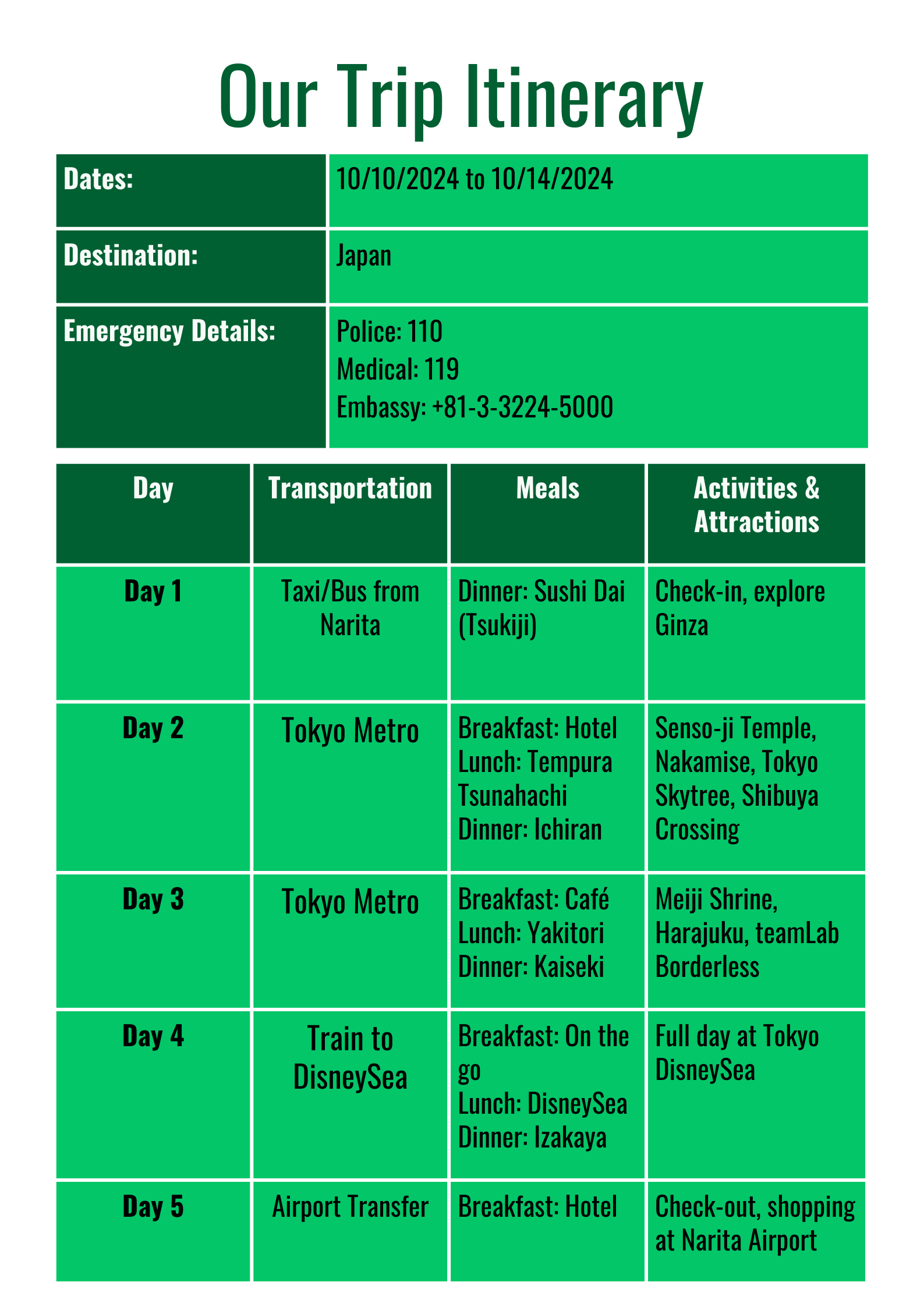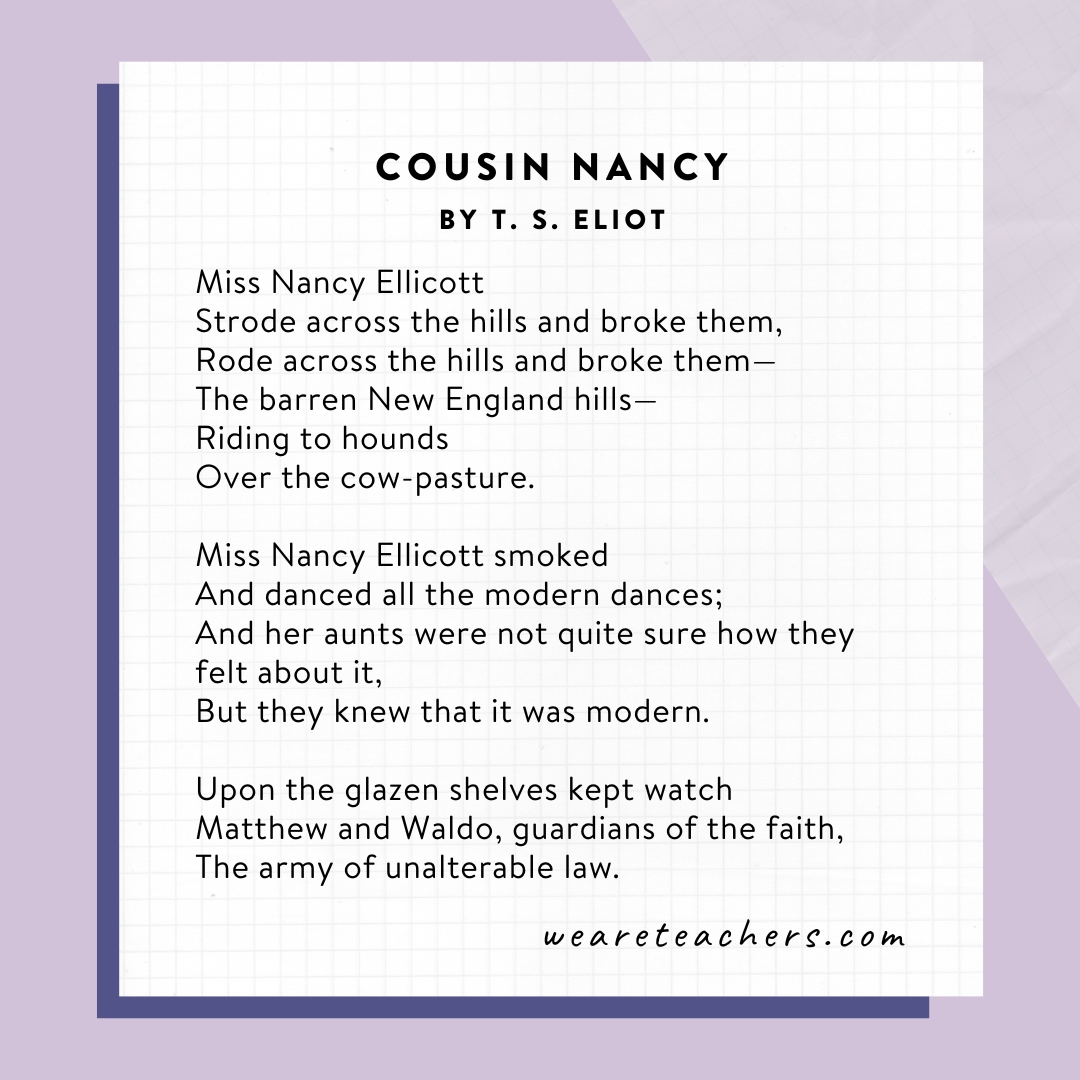11 Advanced – My Family
Sheer Anne Paloma
Chapter 3:
Learning Objectives
By the end of this chapter, the learners will be able to:
- Exhibit an advanced level of target language use and develop an understanding of family diversity and situations.
- Create detailed itinerary and develop an advanced technical skill.
- Compose and convey personal feelings about family through advanced creative language.
Vocabulary
- Family – a social unit made up of people connected by blood, marriage, or adoption who share emotional relationships and duties and often live together.
- Traditions – a long-standing set of customs, practices, beliefs, or rituals handed down from generation to generation within a society, community, or family.
- Activity – any planned or structured activity or effort performed by a person or group, usually for recreational, educational, or goal-oriented purposes.
- Tanaga – a traditional Filipino form of poetry, consisting of four lines with seven syllables each.
- Free Verse – a style of poetry that does not follow standard norms of meter, rhyme scheme, or structure, but instead follows the natural rhythms of speech, giving the poet greater freedom in expression.
Essential Knowledge
Family, a collection of people bound by marriage, blood, or adoption, living together in one house, and interacting in their different social roles (Barnard). However, it may also be established through diverse connections that go beyond blood relations. The essence of a family lies in the mutual care, dedication, and support among its members, no matter what their biological connections. Furthermore, families include a diverse array of structures and experiences. Their cultural, social, and economic origins influence their distinct experiences. These experiences include numerous traditions, happiness, struggles, and milestones that shape the family’s identity. The variety of family forms and experiences enhances the understanding of family life, emphasizing the significance of inclusion and acceptance in defining family in modern society. It is essential to acknowledge and honor each family unit’s distinctiveness, since they significantly influence the development of society.
Activities
General Instruction: Carefully read and understand the exercises presented and follow the directions for each activity. If you have questions or want clarification, feel free to ask for help. This will focus on improving your skill in the target language through conversational, technical, and creative exercises.
Activity 1: Peer Sharing
Instruction: Share and record your family experiences below. The following are the guide questions for an organized discussion. You will be given a minimum of 5 minutes and a maximum of 10 minutes to share your family experiences.
- Different Kinds of Families:
Activity 2: Itinerary Making
An itinerary is a thorough plan for a vacation or travel that includes activities, lodgings, transportation, and daily schedules. It serves as an outline for your journey, allowing you to stay organized, make the most of your time, and have a smooth and enjoyable trip (Adidaswilson, 2023). It provides essential details such as dates, time, destinations, and transportation, helping travelers to stick to a plan and prevent confusion.
Here are the components of an itinerary according to Adidaswilson (2023):
Travel Dates – Clearly indicate the start and ending dates of your journey, as well as any intermediate travel dates, if your itinerary encompasses multiple destinations.
Accommodations – Make sure to provide the names, addresses, and contact information of each accommodation, as well as the check-in and check-out dates and any pertinent booking confirmation numbers.
Transportation – Include information regarding your transportation arrangements, including flight numbers, departure and arrival times, rail or transit schedules, and auto rental information.
Activities and Attractions – Include the addresses, hours of operation, admission fees, and any pre-booked tickets or reservations for the activities and attractions you intend to visit during your trip.
Meals – Include the names, addresses, and contact information of any restaurants or food venues you have in mind, and any reservations you have made.
Emergency Contacts – List the contact information for any critical emergency resources, including local hospitals, embassies or consulates, and emergency services (e.g., police,
fire, ambulance). Also, include the contact information of a trusted acquaintance or family member who should be contacted in an emergency.
Here is an example of an itinerary:

Supplementary Video:
- Itinerary | Travel Itinerary | Itinerary Planning | Itinerary Format | Itinerary Example / Template:
Instructions: Create a one-day itinerary for your family’s trip. Select your destination; it could be a theme park, a national park, or a city. Furthermore, list the activities and attractions you wish to experience, as well as any additional relevant details. Answer directly in the box below. Please refer to the provided sample above for guidance. Simply add the information you are familiar with; if you lack knowledge about transportation and other information or destination, feel free to exclude them.
Activity 3: Poem Writing
A poem is a kind of literary expression that uses words creatively, frequently with emphasis on rhythm, sounds, and imagery, to elicit emotions, communicate ideas, or tell a story. Poems can take various forms, such as structured patterns incorporating rhyme or meter or free form. They often employ literary elements like metaphor, simile, and symbolism to enrich meaning, enabling readers to comprehend and relate to the subject on a more personal or creative level. There are several types of poems, such as soliloquy, elegy, haiku, epic, narrative, blank verse, rhymed poem, and free verse (Baldwin). Free verse is the term used to refer to poetry that does not adhere to a specific meter or rhyme scheme. The lines of poems written in free verse can be of any length, ranging from a single word to much longer, due to the absence of a preset meter.
Here is an example of a free verse poem:

Source: Cousin Nancy | The Poetry Foundation
Supplementary Video:
- Free Verse Poems:
Instructions: Compose a short free verse poem about your family. Express your emotions, uniqueness, and experiences that show how your family connects. Write your poem directly below.
Let’s Check!
True or False: Read the statements carefully and identify whether they are true or false.
Key Takeaways
Understanding family structure and individual responsibilities enables you to identify the variety and uniqueness of family dynamics. This information may help you build empathy and respect for various family structures, resulting in a more inclusive and understanding society. It may also give insight into how family dynamics influence individual behaviors and interactions outside the home. Hence, in this session, you must enhance your communication skills in the target language, which offers a familiar and relevant basis for learning a language. Discussing family enables students to communicate personal experiences, define connections, and share traditions, all of which use everyday language. In addition, participation in activities such as telling experiences, writing, or family presentations may help you develop the capacity to communicate effectively and confidently in the target language. Overall, the lesson will help you improve your conversational, technical, and creative abilities, which are all necessary for efficient communication in the target language.
a group of individuals living under one roof.
the transmission of customs or beliefs from generation to generation.
a form of organized, supervised, often extracurricular recreation.
a free-form poem that follows natural speech rather than a meter or rhyme.
